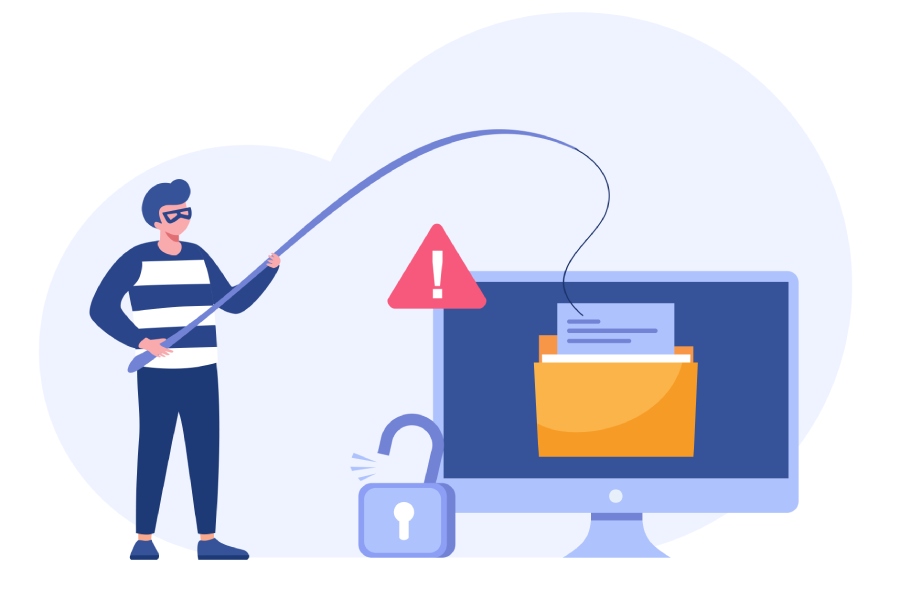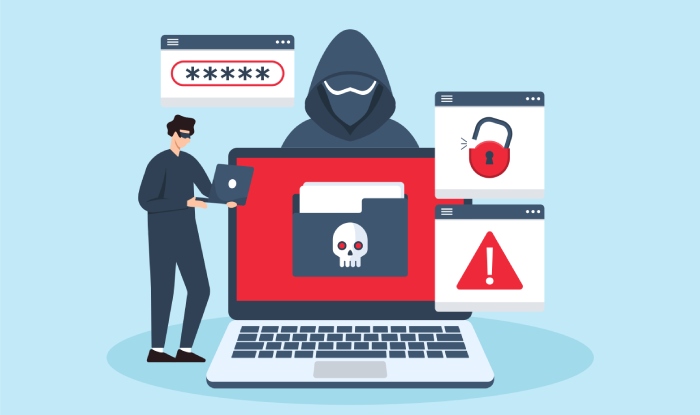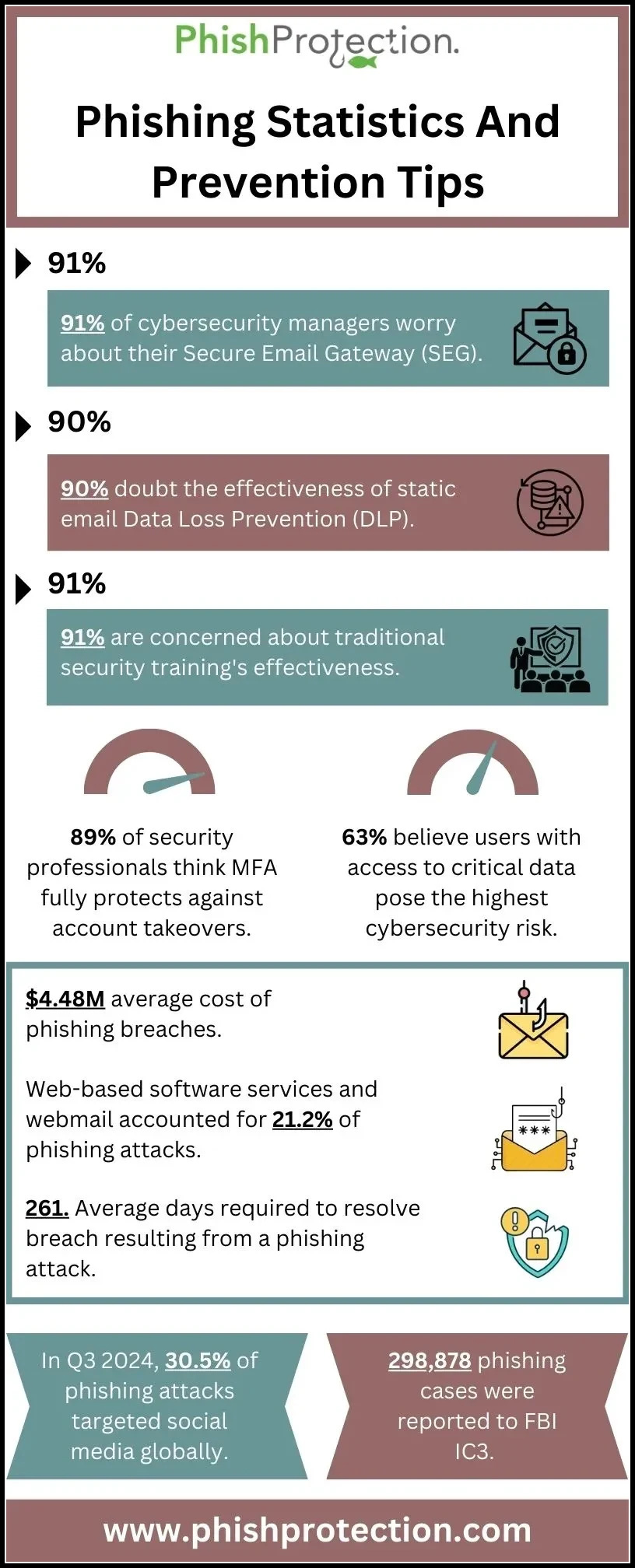The effects of the Covid-19 Pandemic have drastically altered the way the world functions. Social distancing and lockdowns had to be exercised to curb the spread of Coronavirus. 91% of the world’s population were restricted from movement due to the lockdown as organizations shut down workplaces. However, they continued their operations to stay in business and out of bankruptcy.
Nevertheless, the technology was in place for organizations to adopt the ‘work from home’ culture, and they migrated seamlessly to the remote work mode. However, the new modality of the functioning of enterprises and business operations gave rise to more contemporary challenges in cybersecurity.
What Happened When Organizations Migrated To Remote Working
By 2020, a large number of organizations have already been established in their online business activities. And the graph below shows that the number of unique phishing sites has increased drastically by the middle of 2020 to a level unprecedented in nearly a decade, which indicates an increased phishing activity during the period.
The following are a few of the severe consequences of the organizations’ moving to the remote work culture.
- The volume of cybercrimes rapidly shot up to a significant extent compared to the previous years.
- IT security efficiency in organizations dropped down drastically due to increased risks and unpreparedness.
- Large-scale data breaches skyrocketed in the first quarter of remote working.
This barrage of cyberattacks has drawn all parties’ attention to grave concerns and many important questions. A majority of these cybercrimes started with different types of phishing attacks, such as zoom bombing, email phishing, voice phishing, and spear phishing. And organizations now have to ask and answer the following questions with the intent of avoiding phishing scams while working from home:
- Is working from home safe?
- What are the threats to organizations as their employees work from home?
- What are the threats to employees and their security as they work from home?
- What can organizations do to prevent phishing scams?
- What can employees do to protect themselves and the organization from ransomware attacks and phishing attacks?
The Safety Of Working From Home
Carrying out business from a regular workplace allows the comfort of a physical security infrastructure. Without such protection systems, employees and organizations are highly vulnerable to ransomware attacks, phishing scams, and data breaches. As a considerable part of business operations are associated with the internet, organizations must always be aware of potential cyber threats.
Email phishing scams include malicious attachments that deceptively resemble original files. Such malicious extensions may go unnoticed if employees are not vigilant about cyberattack attempts. The use of corporate devices for personal work increases the risk of cyberattacks. Hence, working from home should not be considered entirely safe if organizations do not ensure proper security systems such as anti-phishing or anti-malware software.
How Should Employers Protect Their Assets And Employees From Phishing Attacks?
With the onset of the remote work culture, employers have had to rack their minds even more to combat the increase in cyberattacks’ number and sophistication. The following are the fundamental safeguards an employer must follow to keep the cybersecurity posture intact, besides other measures.
- Anti-phishing Solutions: Employers should adopt comprehensive and integrated anti-phishing solutions to protect their organizations from phishing attacks, ransomware attacks, and spear phishing. Anti-phishing solutions may include phishing simulators that test the cyber environment by simulating phishing attacks on the system. They also assess the vulnerability of the system and can be run at regular intervals. Threat intelligence tools scan the internet for any data resembling that of the organization and reduce the response time in any potential data breach.
- Email Security System: A robust email security service will provide the organization with a sound system that will protect it from incoming emails, which might have malicious content within them. Email security systems scan all incoming emails, including the subject, body, and attachment, for ransomware and phishing content. A good email security service will actively identify and protect the organization from a potential phishing attack. Enterprises can thus bridge all gaps to avoid security risks and non-compliance.
- Employee Training: Educating employees about phishing attacks and identifying them can cover a business with an additional protection layer and offer potential cost savings. Employers must train employees on identifying malicious emails that have addresses and credentials resembling but are not the original. Such training measures will prevent cyber adversaries from having access to the entire network.
Disposal of phishing emails follows identification. Organizations must make sure that employees delete every malicious-seeming email from the inbox and trash as well. Being open with the employees and creating a culture where they can share such incidents should be encouraged. Establishing a protocol to report cyber attack incidents promptly will add a strong protection layer to an organization’s information network.
What Can Employees Do To Protect Their Organizations As They Work From Home?
Preventing cyberattacks is not only the enterprise’s responsibility. The employees working remotely and from their homes also have a significant role in mitigating phishing attacks and other cyber-threats.
- Using VPN: Most organizations have a virtual private network for employees to connect to while working from home. Connecting to the corporate VPN will protect the employee and the organization’s data from being breached. A VPN drastically reduces the system’s vulnerability to be breached or attacked by ransomware or phishing threats. All devices used for work purposes, including employees’ mobile phones, should be connected to a VPN to reduce the risk of any vulnerability.
- Avoiding Personal Devices And Using Firewalls: Transmitting organizational data using personal devices and vice versa should be highly discouraged as they create a massive security lapse. A malicious file without the knowledge of employees may harm administrative data and cause a significant cybersecurity compromise. Turning on the home router’s firewall also adds an extra layer of security by preventing intrusion and unexpected threats.
- Official Communication Platforms: Employees should use the standard forum or application provided by their employers for any work-related communication. Even if data or communication has to be transmitted to external addresses, employees must prefer organizational platforms. Using third-party or external video conferencing or communication applications might cause potential harm to the devices and data. Creating an employee communications strategy is one of the best ways to make sure everyone is on the same page.
Final Words
In the ever-developing world of technological disruptions, organizations should always be prepared to deal with cyber threats, specifically to avoid phishing scams while working from home. Phishing attacks and other cyber threats will keep evolving and surge through technological disruptions. IT teams and employees should actively strive to protect their organization and themselves from cyberattacks and to support business operations to keep them unaffected.



